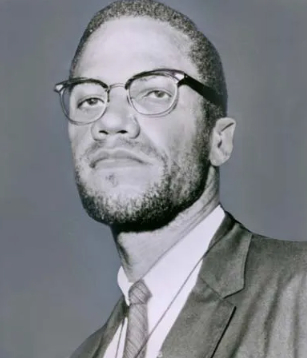One Year After Abbey Gate and the United State’s Withdrawal from Afghanistan: What Now?

September 12, 2022
A little over a year has passed since 13 Americans were killed at the Abbey Gate bombing in Kabul airport. On August 26, 2021, the Taliban sent a suicide bomber to the airport in response to the prolonged stay of American troops on Afghan soil. News spread quickly back in the states, and many Americans were, understandably, outraged. Now, a year later, it is important to revisit the situation not only to commemorate the 13 Americans who lost their lives in the bombing but also to understand why it happened.
America’s involvement in Afghanistan began in 2001, following the September 11th attacks. Within 10 days of the attacks, then President George W. Bush declared a “War on Terror” and promised to bring down the people responsible. Osama Bin Laden was quickly identified as the mind behind the 9/11 attacks, and the U.S. sought to punish him for his crimes. When the Taliban refused to hand over Osama Bin Laden, the U.S. headed an international coalition with the goal of destroying Al-Qaeda, Bin Laden’s terrorist group.
Before the end of 2001, the U.S. and NATO allies had chased the majority of the members of the Taliban and Al-Qaeda, including Bin Laden, out of Afghanistan. Though it seemed the War and Terror had ended in a swift victory for the United States, America’s work was not done. For the next several years, NATO forces, including America, worked to install a provision Afghan government and maintain stability in the country. All the while, American counter-terrorism operations were still underway, and many of these operation resulted in civilian casualties. With American presence in Afghanistan growing increasingly unpopular, members of the Taliban began to regain power and control within the country.
Regardless, American troops remained in Afghanistan and continued anti-terrorist operations. In 2011, Osama Bin Laden was killed by U.S. special forces under the Obama administration. Obviously, this was a huge win for the United States, and, with Bin Laden dead, American withdrawal could begin.
However, withdrawal had become more complicated. With the Taliban gaining power again in Afghanistan, and NATO forces still heavily involved in the Afghan military and government, it was impossible to just up and leave. Afghan military forces would need to be trained to be able to protect their country from a Taliban takeover. The removal of all United States forces from Afghanistan while ensuring the Taliban did not regain control of the country proved exceedingly difficult. What was meant to be a brief War on Terror, lasting no more than a few years in order to eliminate terrorist threats to the United States in Afghanistan, turned into 20 years of war and 3,500 NATO troops killed in action.
So how did we finally pull out of Afghanistan? That, too, is complicated. Both Donald Trump and Joe Biden were eager to withdraw completely from Afghanistan by 2021, however each president wanted a different deadline. Originally, Trump struck a deal with the Taliban in February of 2020. In the agreement, Trump promised to remove all American forces from Afghanistan by May 1st, 2021. In return, the Taliban promised not to attack any American or NATO forces as well as none of Afghanistan’s 34 provincial capitals. From that point on, Trump authorized the slow withdrawal of American troops from Afghanistan over the following months, upholding his end of the bargain. The Taliban, however, continued attacks on the provincial capitals, despite the agreement. The Trump administration, receiving backlash from the public at allowing such attacks and continuing to withdraw, responded by setting peace talks to begin in March of 2021.
In January of 2021, Joe Biden is sworn in as president of the United States and reiterates his campaign promise to end the 20 year war and pull troops completely out of Afghanistan. However, Biden did push back the deadline of the final withdrawal, insisting the May 1st deadline would be impossible to meet if troops were to be withdrawn in a “safe and orderly way.” Biden extended the final withdrawal deadline to September 11th, 2021, the 20 year mark of the Twin Tower attacks.
The Taliban was furious, quickly releasing a statement which claimed the extension, “opens the way for [the Taliban] to take every necessary countermeasure, hence the American side will be held responsible for all future consequences.” This leads us to the Abbey gate bombing, which happened on August 22nd, 2021, and the death of 13 American soldiers at the hands of the Taliban.
Ever since that day, America’s withdrawal from Afghanistan has been something of a sore subject. Biden received an enormous amount of backlash for his decision to withdraw later than the agreed upon May 1st date. Trump caught slack for initiating the withdrawal, allowing the Taliban to attack Afghanistan. Now, over a year after the fact, there are no American soldiers left in Afghanistan. The Taliban has regained control of the government. Darin Hoover, Johanny Rosario, Nicole Gee, Hunter Lopez, Daegan Page, Humberto Sanchez, David Espinoza, Jared Schmitz, Rylee McCollum, Dylan Merola, Kareem Nikoui, Maxton Soviak, and Ryan Knauss are still gone forever. At the end of the day, it is futile to bash one president or another, to pour over each and every one of their decisions, to argue about what they could have done better. It still happened. The most important thing is to understand why.



































